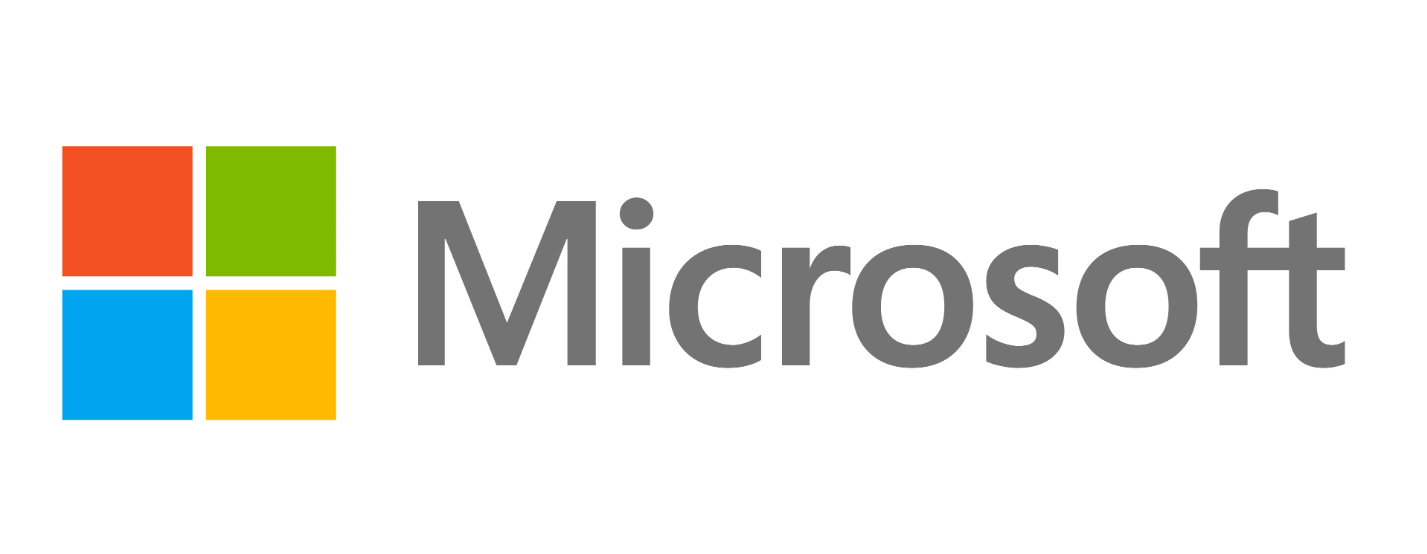Artificial intelligence (AI) is reshaping cities around the world, infusing every aspect of urban life with data-driven intelligence to create more resilient, efficient, and citizen-focused spaces. Microsoft’s recent short film “AI on the Go” explores how AI-driven infrastructure is transforming cities, reducing environmental footprints, and elevating citizen experiences, with perspectives from industry leaders like Kirk Arthur and Kathleen Mitford.
Kirk Arthur pointed to the power of AI to “optimize what you’ve already made investments in with an eye towards the future.” For him, AI is about expanding existing urban infrastructure without necessarily building anew — a sustainable approach to handling the pressures of population growth. Arthur underscores that today’s city planners must anticipate needs 5, 10, or even 15 years down the road. Digital twins, he explained, are “a great example of technology in AI, able to model that digitally without having to build anything” and provide a cost-effective path to strategic planning. His vision shows that it’s not just about adding technology but ensuring that cities grow thoughtfully and sustainably.
Kathleen Mitford, a Microsoft executive focused on urban mobility, argued that AI “is revolutionizing urban mobility and helping cities tackle some of their biggest challenges, like traffic.” She sees a world where data can predict and manage traffic flow, reducing congestion and improving efficiency. By analyzing real-time data, AI can “adjust traffic lights, predict where bottlenecks will happen, and even suggest alternate routes for drivers before they hit a jam,” she said. Mitford’s insights reveal how AI transforms not only city layouts but also the daily lives of residents, offering a more fluid and connected transportation system.
At the core of these advances is Microsoft’s Cloud and AI architecture, which enables cities to digitize and enhance infrastructure securely. Arthur believes that Microsoft’s cloud infrastructure provides “enhancements that come with cybersecurity, that zero trust that’s built in… really optimizing this digital resilience of any government infrastructure.” His view reflects a fundamental shift in urban management: using secure, scalable technology to make cities more adaptable and resilient against modern threats. For governments, this security layer is not just about protecting data but ensuring the continuity and reliability of public services in an increasingly digital age.
AI’s impact extends to creating smarter buildings, and Arthur noted how AI-driven insights are being used on Microsoft’s own campuses. He mentioned how they “optimize what you have in those buildings, make them more energy efficient, anticipate future end of life like escalators and all those planning pieces.”
This proactive use of AI to optimize energy usage, resource allocation, and maintenance cycles is just one way cities can benefit from AI-powered infrastructure. Microsoft’s expertise in sustainability-driven tech also translates to the municipal level, where green buildings and efficient resource management reduce operational costs while protecting the environment.
Mitford sees the value in AI beyond infrastructure, with its potential to boost citizen engagement. She described how AI “lets governments gather and analyze feedback from citizens in real time, leading to better services and more community engagement.” A significant example she highlights comes from India, where Microsoft’s AI chatbot helps locals access government assistance in regional languages, breaking down language barriers that once limited access to public services. Mitford believes this capability “is a crucial aspect of public service” that AI partners are uniquely positioned to support.
Arthur and Mitford’s perspectives reveal that AI isn’t merely a technological upgrade but an essential tool for developing smart, sustainable cities that prioritize citizen well-being. As Microsoft continues to partner with cities worldwide, it provides the expertise and infrastructure necessary to transform urban life fundamentally. Through innovative tools like digital twins, traffic flow management, and real-time citizen engagement platforms, Microsoft’s technology is a powerful force in making cities more adaptable, resilient, and inclusive.
With AI as the engine of this transformation, the future city is no longer a distant vision. It’s a developing reality where cities are not just smarter but better prepared for the challenges of tomorrow. Arthur captures this sentiment aptly: “AI is transforming our cities, but also making buildings greener, smarter, and safer.” The path forward is clear — one where AI empowers cities to evolve, creating a sustainable, intelligent, and secure urban future.






